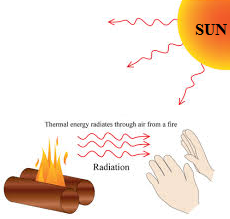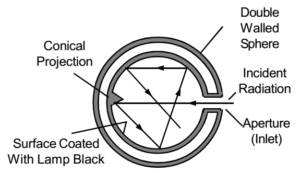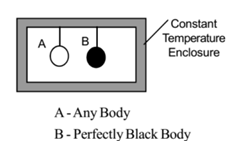Science > Physics > Radiation > Stefan’s Law of Radiation In this article, we shall study Stefan’s law of radiation, Newton’s law of cooling, derivation of Newton’s law of cooling from Stefan’s law and to calculate the temperature of the solar surface. Stefan’s Law: Statement: The heat energy radiated per unit time per unit area […]
Categories
Stefan’s Law of Radiation
- Post author By Hemant More
- Post date February 3, 2020
- 2 Comments on Stefan’s Law of Radiation

- Tags absorptivity, Adiathermanous, Black body, Coefficient of absorption, Coefficient of emission, Coefficient of reflectin, Coefficient of transmission, Diathermanous, Emissive Power, Emissivity, Ferry's black body, Greenhouse effect, Kirchhoff's law, Newton's law of cooling, Perfectly black body, Prevost theory of heat exchanges, Radiation, Radient heat, Rate of fall of temperature, Rate of loss of heat, Reflectivity, Ritchie's experiment, Simple radiation correction, Solar constant, Spectrum of black body, Stefan's law of radiation, Surface temperature of Sun, Transmtability, Wien's displacement law


